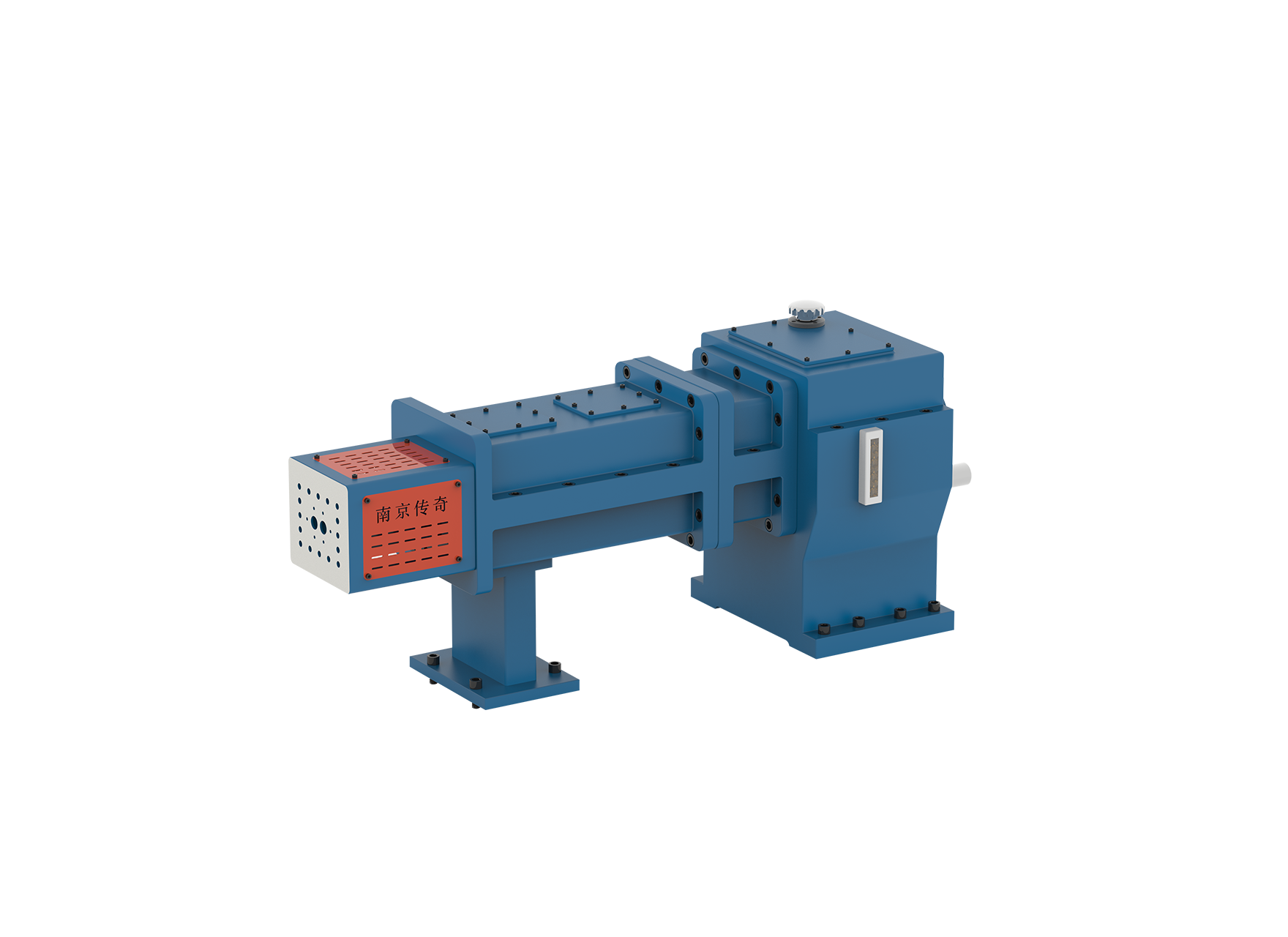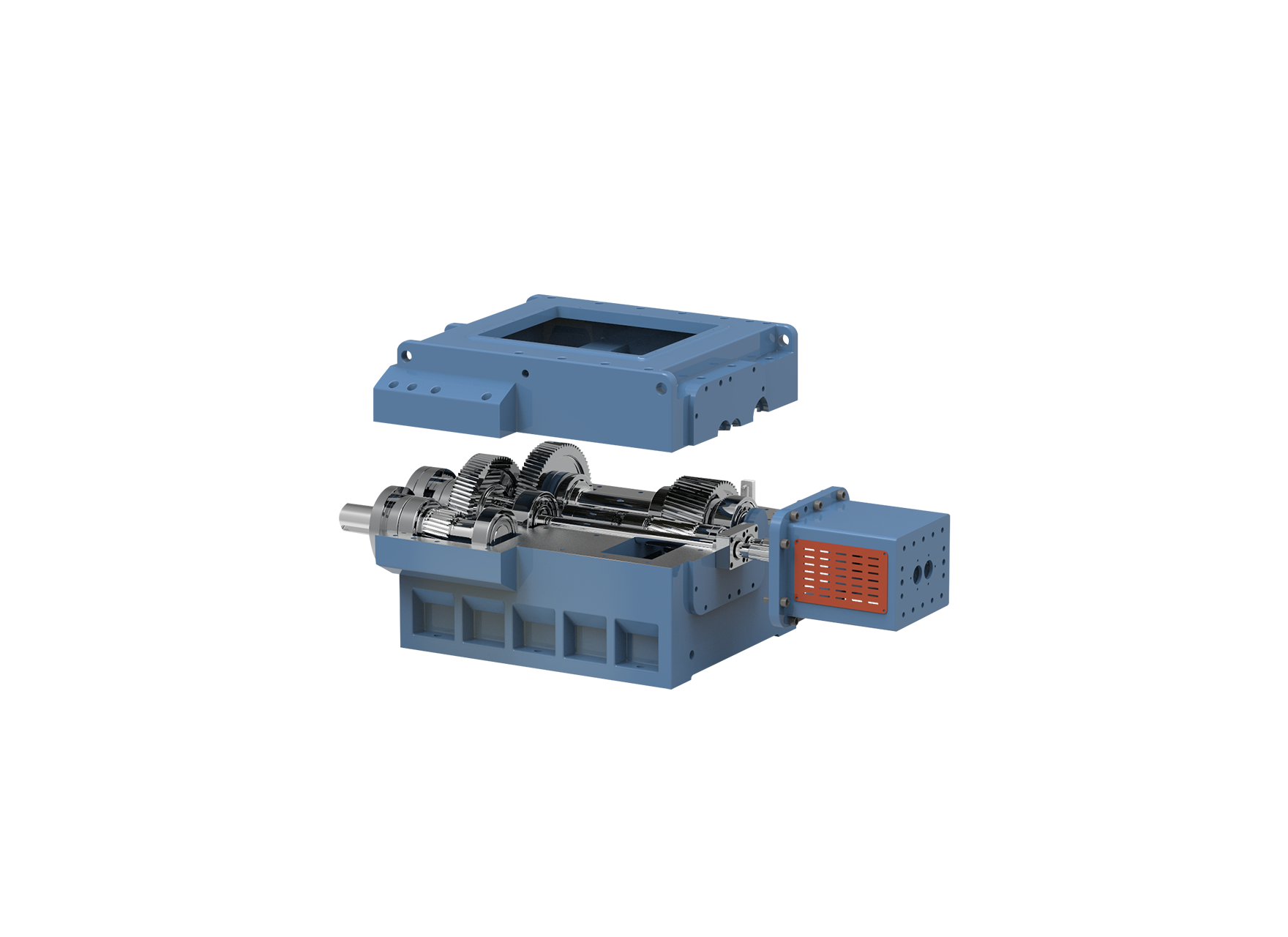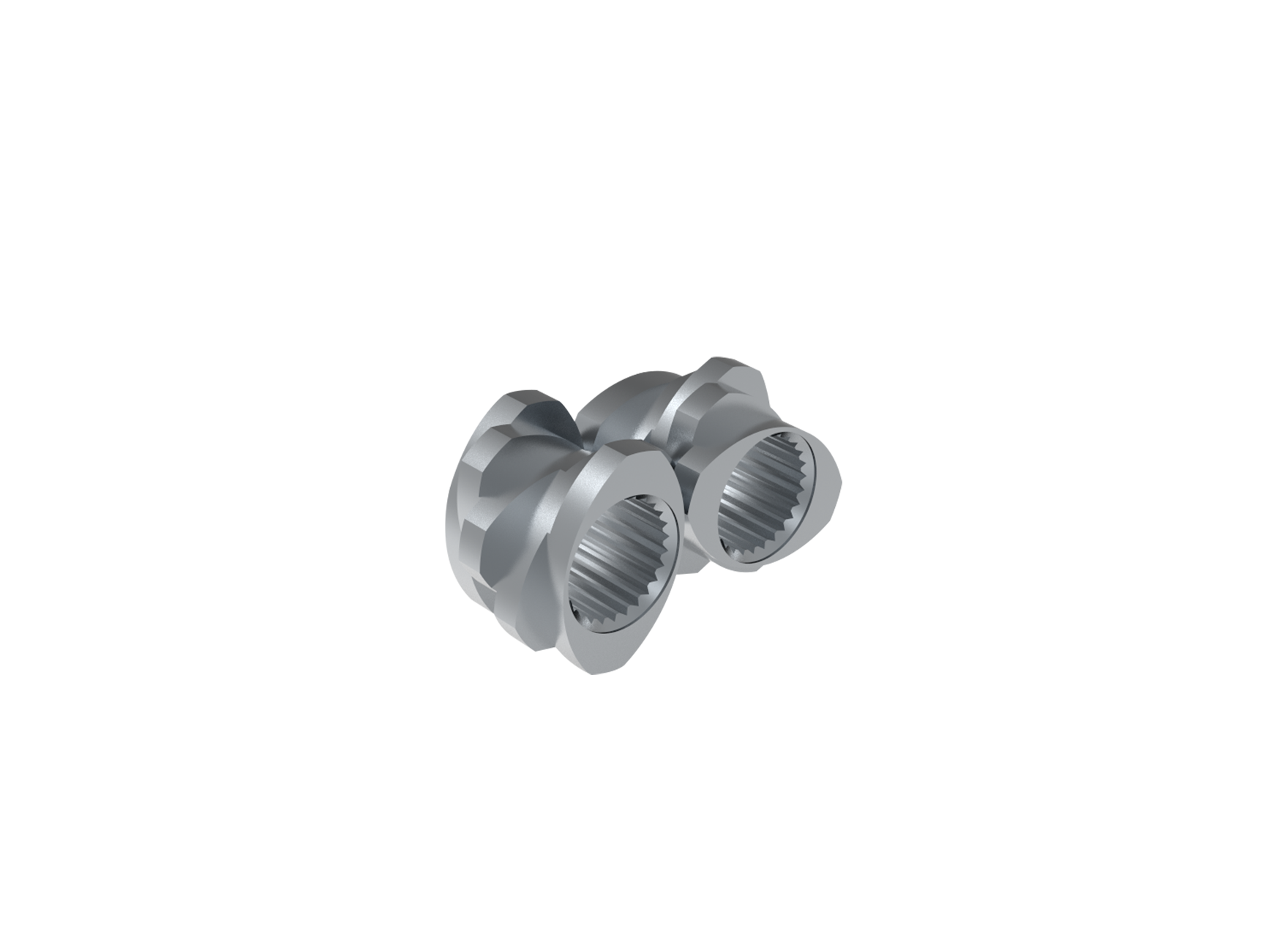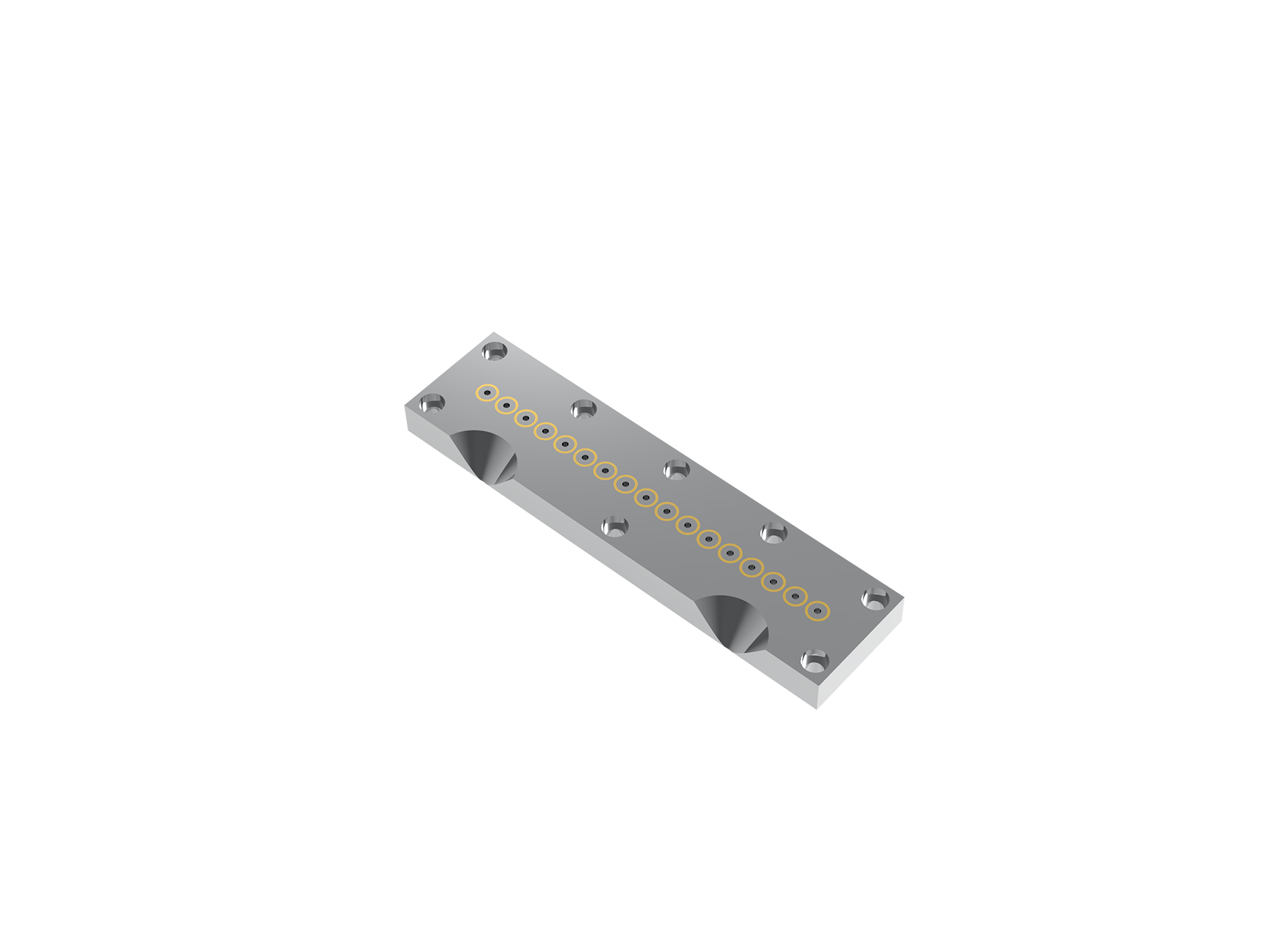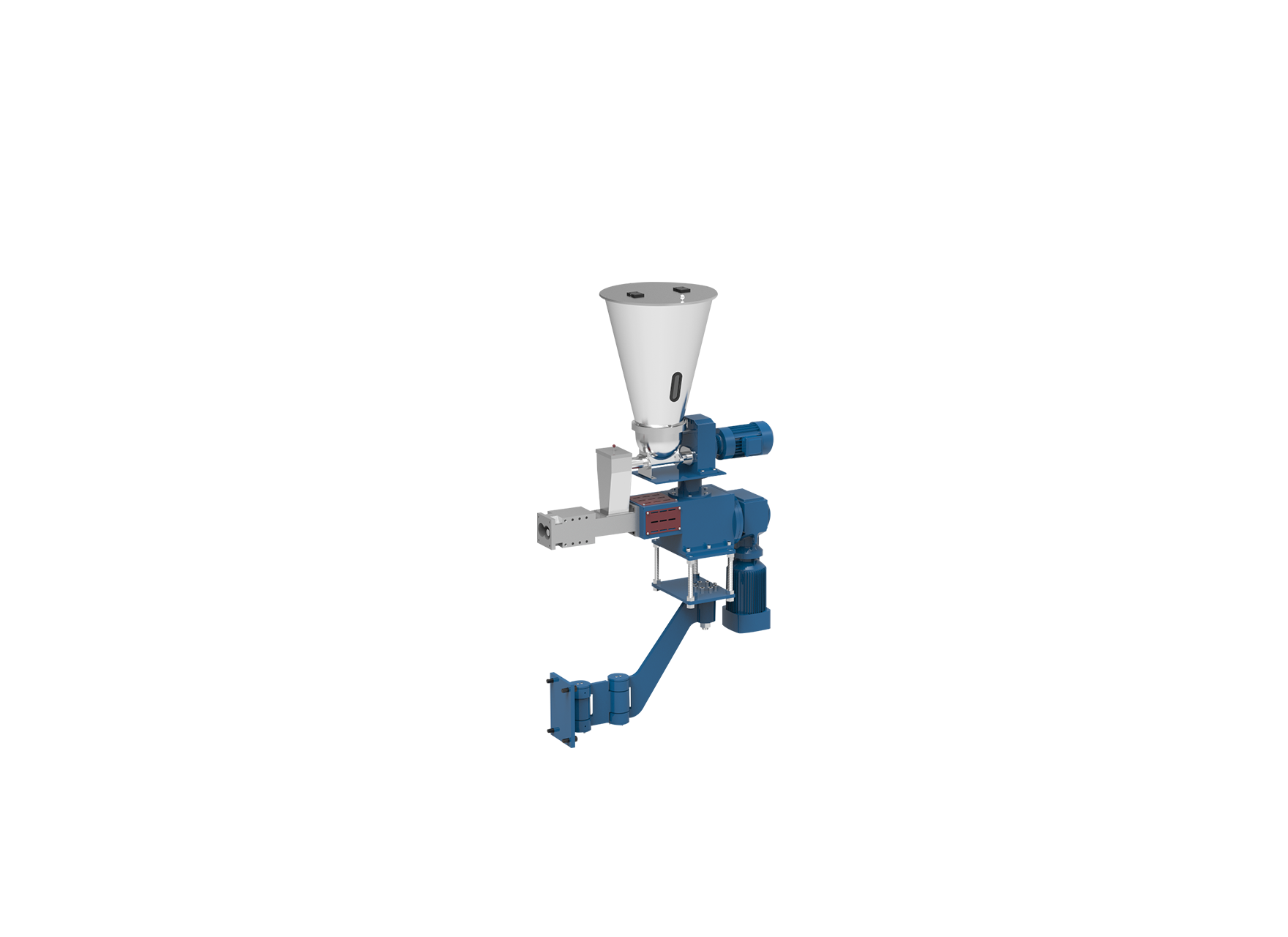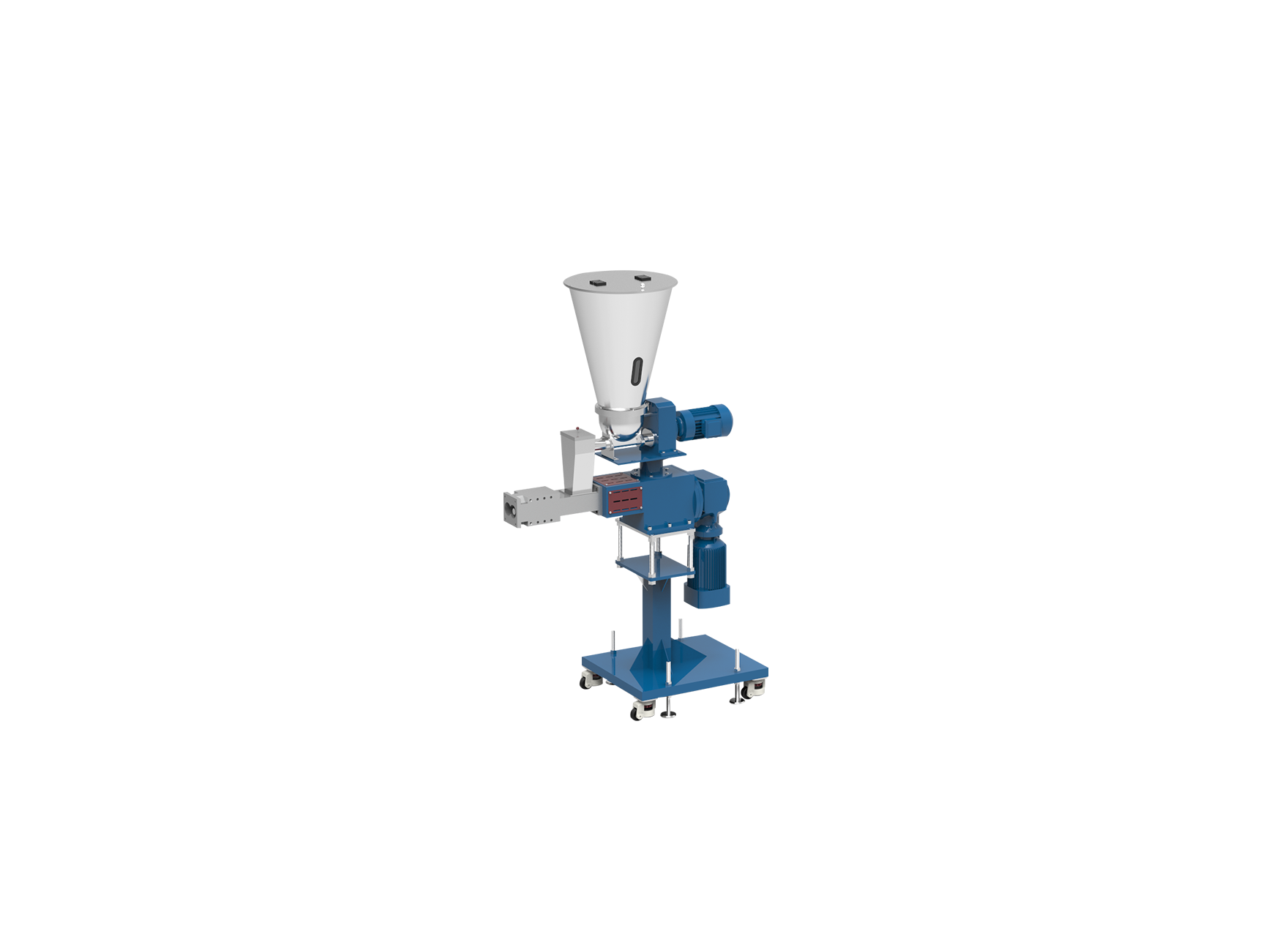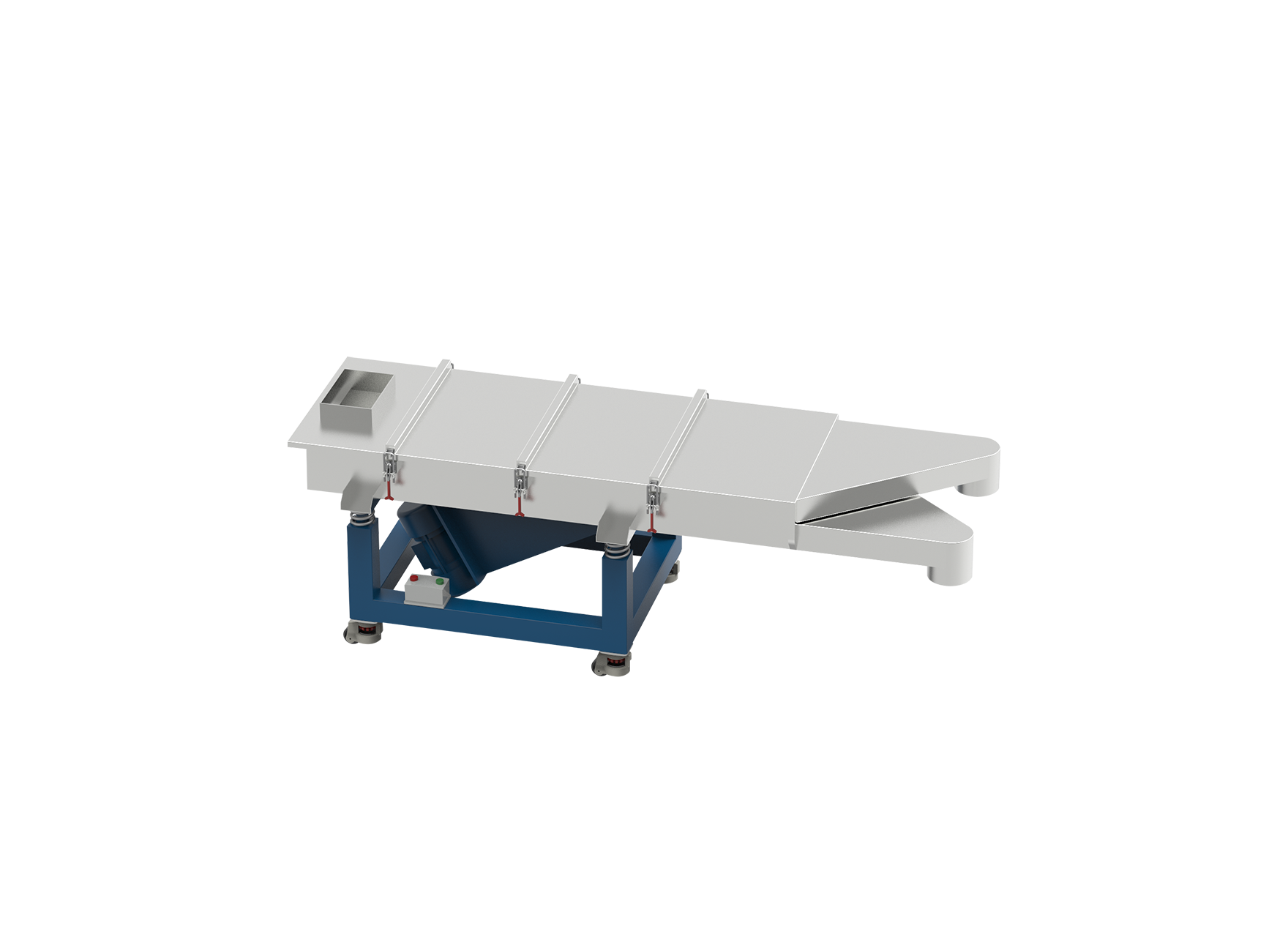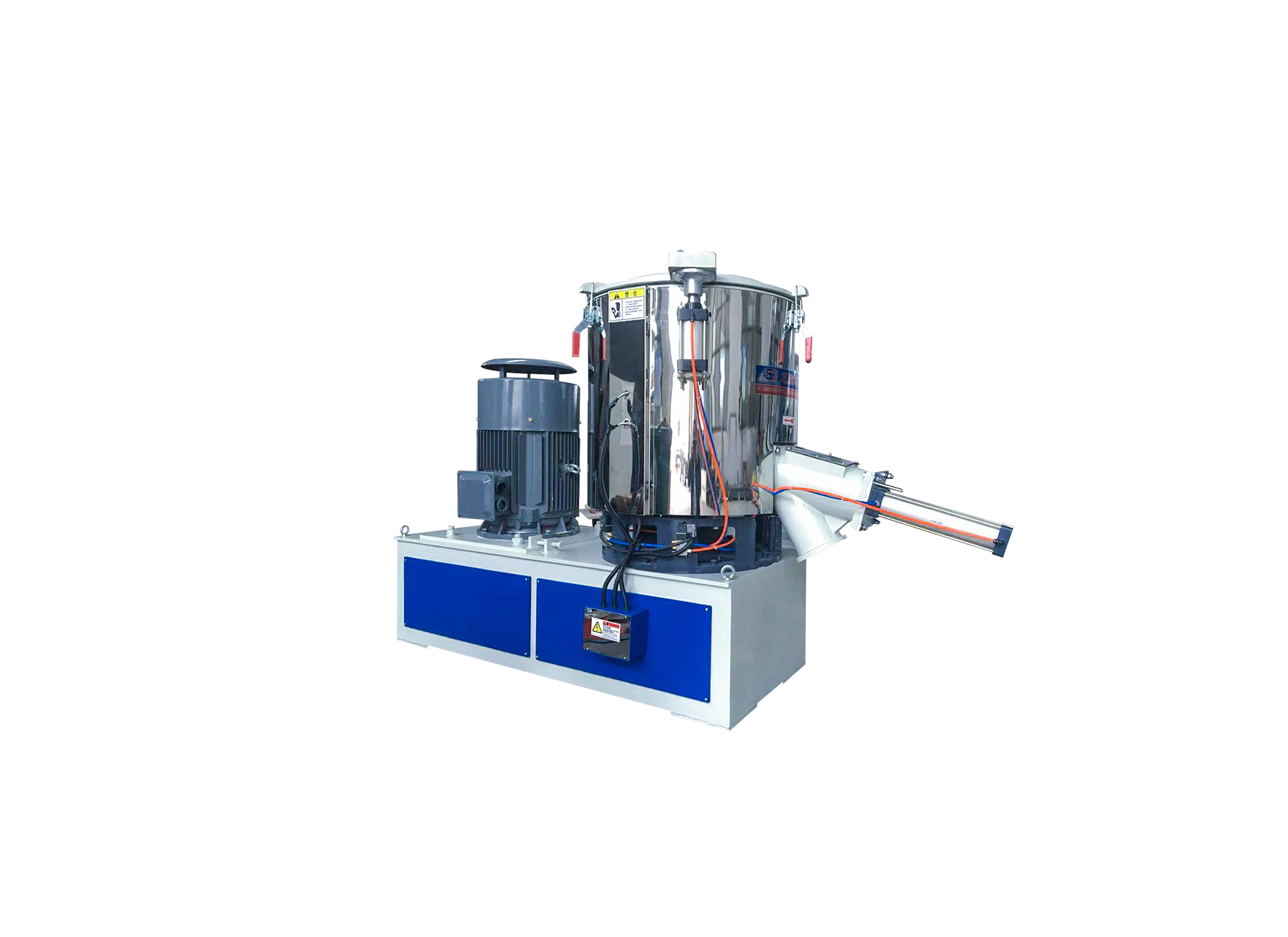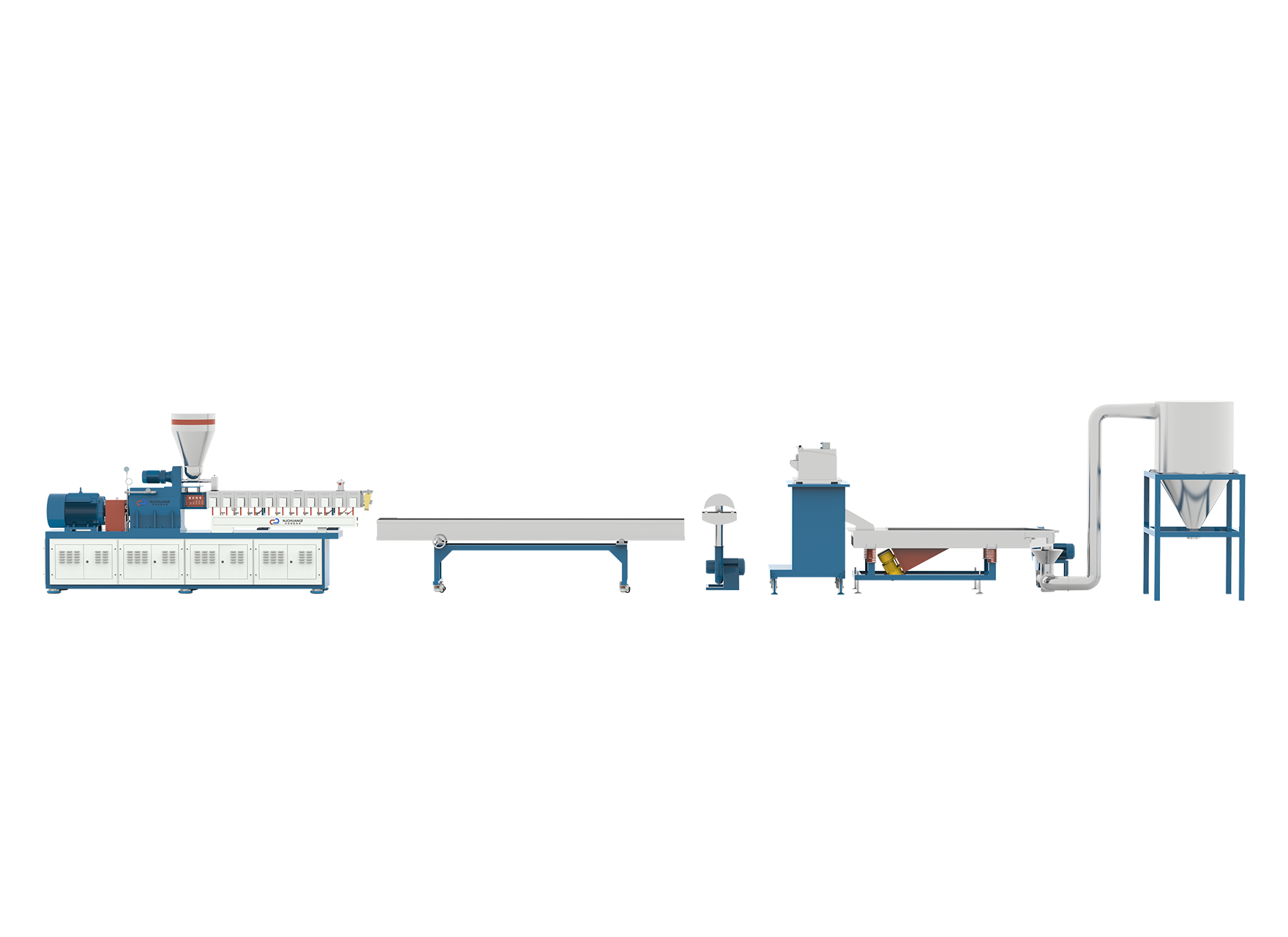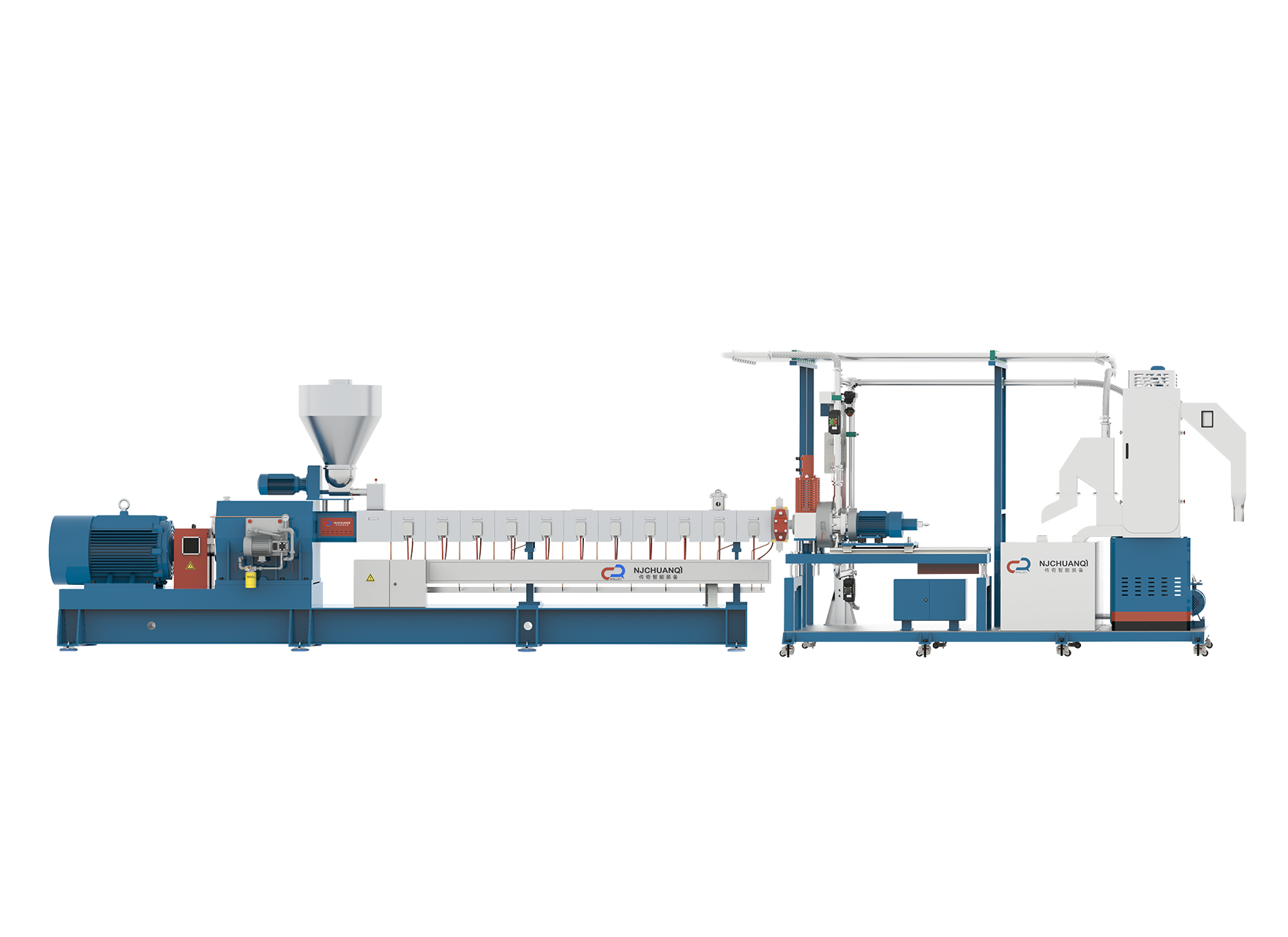Design ODM China Single Screw Extruder Machine Producer
The screw, often referred to as the soul of the extruder, is responsible for conveying, melting, and mixing the polymer material, thereby ensuring the uniformity and consistency of the final product. This article delves into the various aspects of screw design and its profound influence on the extrusion quality of China single screw extruder machines.
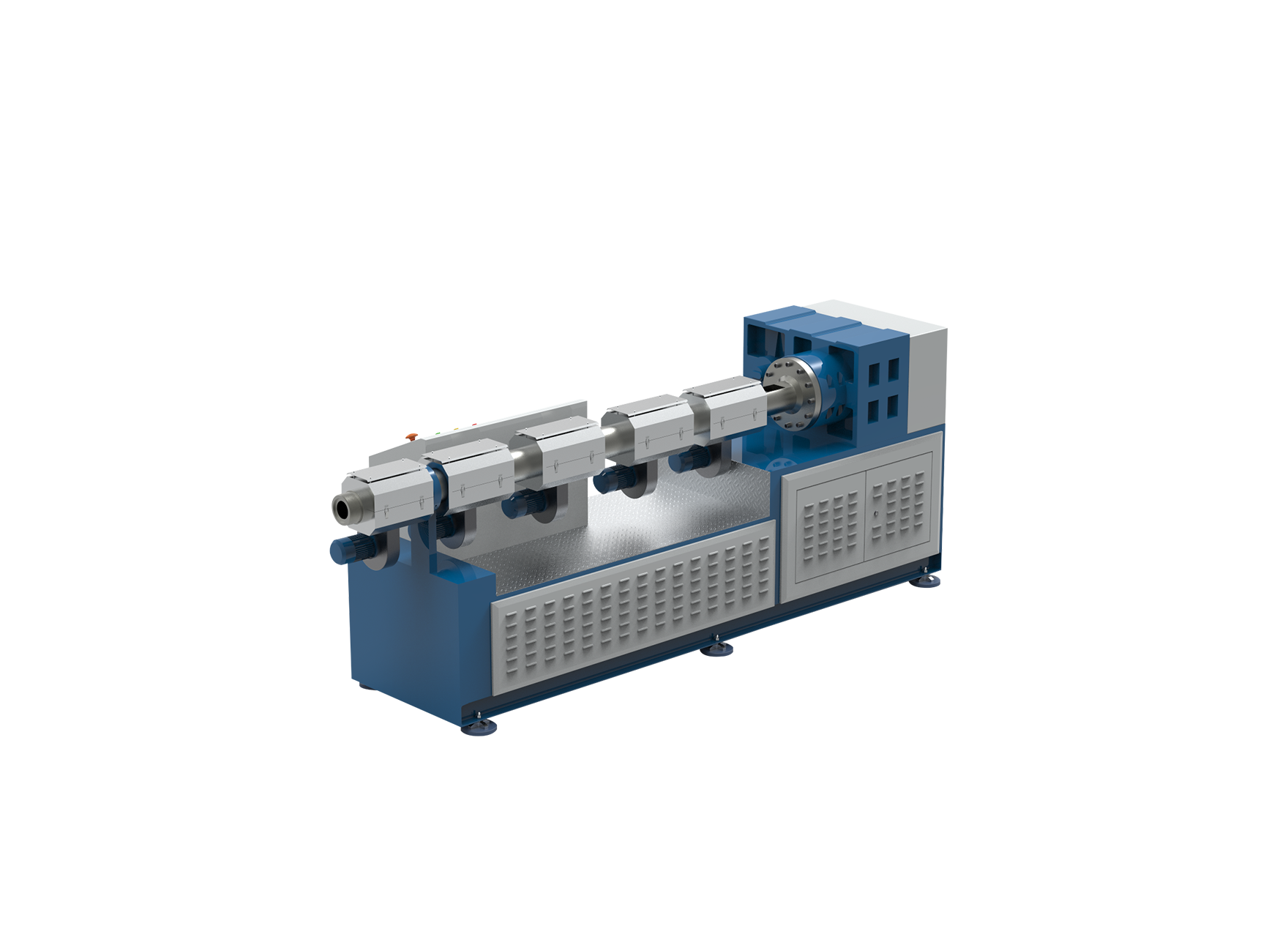
The China single screw extruder machine is widely used across industries for its ability to process a broad range of thermoplastic materials. The screw design is tailored to meet the specific requirements of each material, ensuring suitable performance. The geometry of the screw, including its length, diameter, and pitch, plays a crucial role in determining the residence time of the material within the extruder, which in turn affects the temperature and pressure profiles experienced by the material.
One of the critical aspects of screw design is the compression ratio, which is the ratio of the volume of the feed section to the volume of the metering section. A higher compression ratio in a China single screw extruder machine can cause increased back pressure, which is beneficial for melting and mixing the polymer. However, it also requires a more robust machine design to handle the increased stress. Conversely, a lower compression ratio may result in lower back pressure, which can be suitable for materials that are sensitive to high temperatures or shear rates.
The flight design of the screw in a China single screw extruder machine is another critical factor. The flights are the helical grooves that run along the length of the screw, and their shape and depth can significantly impact the flow rate and mixing efficiency. Deeper flights can increase the throughput of the extruder, while shallower flights can enhance the mixing capabilities. The choice of flight design is often a balance between achieving high output and maintaining the desired level of mixing.
The material being processed also dictates the screw design. For instance, when using a China single screw extruder machine to process materials with high melt viscosity, a screw with a larger diameter and a longer L/D (length to diameter) ratio. This design allows for more efficient heat transfer and residence time, ensuring that the material is adequately melted and mixed. On the other hand, for materials with lower melt viscosity, a smaller diameter screw with a shorter L/D ratio may be more appropriate to prevent excessive shear heating.
The wear and tear on the screw are also significant considerations in the design of a China single screw extruder machine. The material being processed can cause wear on the screw surface, which can cause changes in the extrusion quality over time. To mitigate this, screws are often made from high-quality alloys or coated with wear-resistant materials. Regular maintenance and replacement of the screw are also essential to maintain the extrusion quality.
The control of temperature along the length of the screw is another critical aspect of the China single screw extruder machine's design. The temperature profile must be carefully managed to ensure that the material is melted and mixed uniformly. This is typically achieved through the use of heating and cooling zones along the barrel of the extruder, which work in conjunction with the screw design to create the desired temperature profile.
The screw design of a China single screw extruder machine is a complex interplay of various factors, including the material properties, the desired output, and the machine's capabilities. A well-designed screw can significantly enhance the extrusion quality by ensuring efficient melting, mixing, and throughput. As the technology continues to evolve, the design of China single screw extruder machines will undoubtedly become even more sophisticated, further improving the extrusion quality and expanding the range of applications for these versatile machines.

 English
English 中文简体
中文简体 русский
русский عربى
عربى +86-189 1339 2785
+86-189 1339 2785
